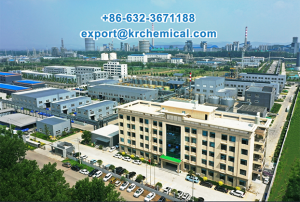PAAS (polyacrylic acid sodium salt) is a versatile polymer with various performance characteristics that make it suitable for a range of applications. Some of the key performance attributes of PAAS include:
- Dispersant: PAAS functions as an effective dispersant by preventing particle agglomeration or flocculation. It helps to keep particles suspended in a liquid, improving stability and preventing sedimentation.
- Sequestrant/Chelating Agent: PAAS has the ability to bind and sequester metal ions, preventing their unwanted reactions or deposition. It is commonly used to control water hardness and inhibit scale formation in water treatment processes.
- Thickening Agent: PAAS can act as a thickener or rheology modifier, increasing the viscosity and improving the texture of liquids or gels. This property finds applications in personal care products, such as shampoos, lotions, and creams.
- pH Control: PAAS can be used to adjust and stabilize the pH of formulations. It can act as a buffering agent, helping to maintain the desired pH range.
- Water Retention: PAAS can improve water retention in certain applications, such as in agricultural and horticultural products like soil conditioners or hydrogels.
The main uses of PAAS include:
- Water Treatment: PAAS is widely employed in water treatment processes, such as cooling towers, boilers, and reverse osmosis systems, to control scaling, inhibit corrosion, and improve water quality.
- Detergents and Cleaning Products: PAAS is utilized in household and industrial cleaning products, including dishwashing detergents, laundry detergents, and surface cleaners, for its dispersing and sequestering properties.
- Personal Care Products: PAAS is present in various personal care items like shampoos, body washes, and hair styling products, where it acts as a thickener, stabilizer, or pH adjuster.
- Agriculture: PAAS can be used in agriculture as a soil conditioner or water retention agent to improve crop growth and water management.
- Industrial Applications: PAAS finds applications in industries such as coatings, adhesives, textiles, and paper manufacturing, where it acts as a dispersant, rheology modifier, or binder.
The specific use of PAAS depends on the desired performance requirements of the application, and its versatility makes it an important polymer in a wide range of industries.

